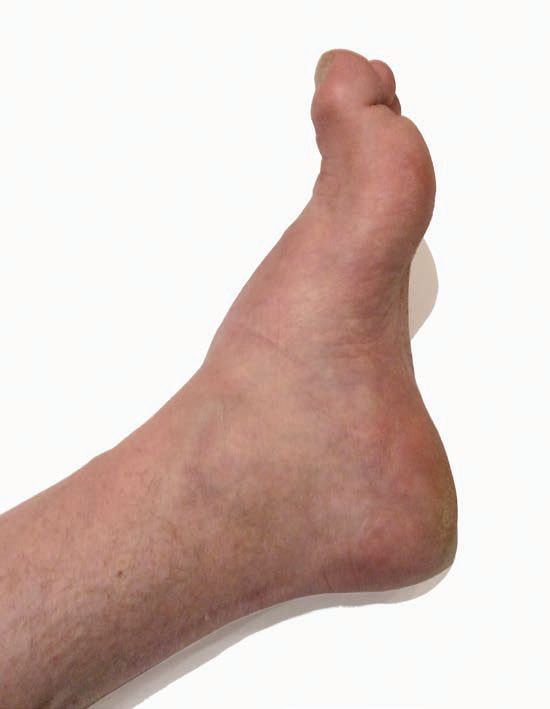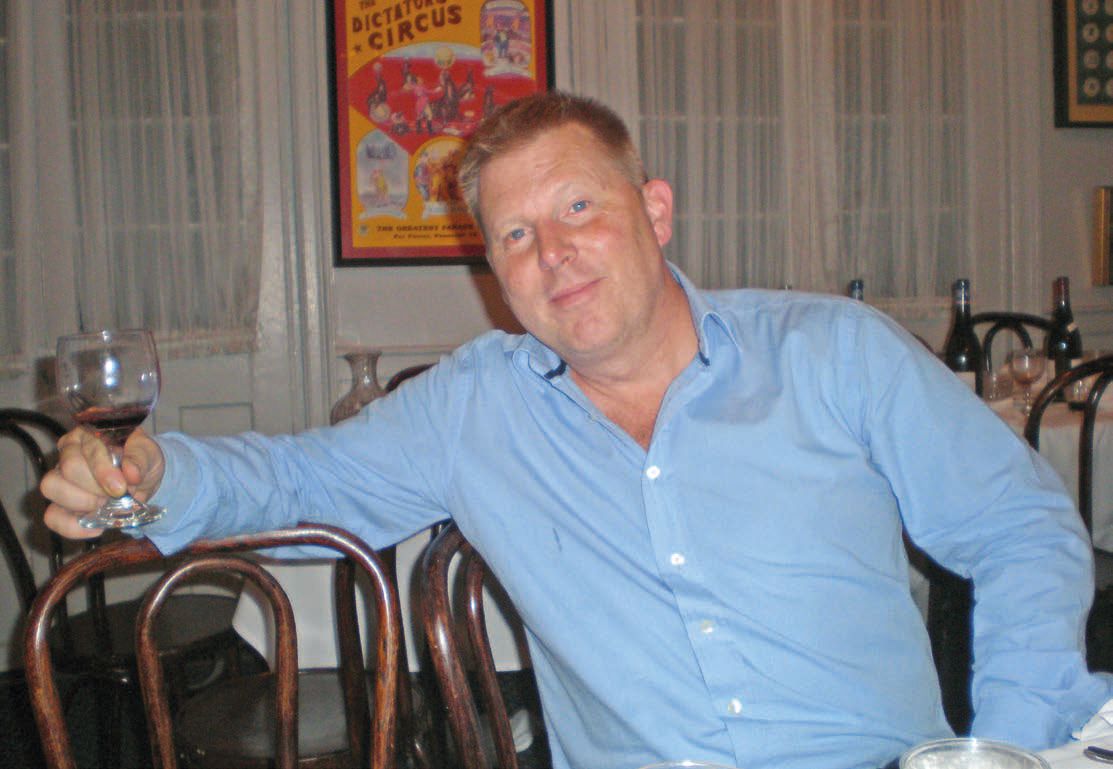
Physiology News Magazine
Living with Charcot-Marie-Tooth disease – a personal perspective
Nick Boross-Toby is a Canadian by origin and has worked for The Society for over a decade.
Features
Living with Charcot-Marie-Tooth disease – a personal perspective
Nick Boross-Toby is a Canadian by origin and has worked for The Society for over a decade.
Features
Nick Boross-Toby
Director of Marketing, The Physiological Society, and CMT sufferer
https://doi.org/10.36866/pn.98.32
‘He runs like a girl!’
‘Dude, are you drunk?’
‘Fall over much?’
These are but a few legitimate comments/questions I have received and had to field over the years since being diagnosed with CMT at the grand old age of five. Now 44, I suppose I have grown a somewhat thicker skin over the years and I certainly have become more open with people about my condition, but every once and awhile I feel the twinge of embarrassment and still get deeply frustrated at times by my inability to do even the simplest things quickly and efficiently. Tying shoelaces, doing up buttons, getting the battery compartment open on a toy (small screwdriver and even smaller screws)! Imagine my shame at not playing ice hockey well… particularly as a Canadian! There was also no chance of pursuing a career as an airline pilot as I lack the necessary fine motor skills and coordination that would be required. I recall the day a doctor told me that; I was nine years old!
CMT is a peripheral neuropathy and is one of the most common inherited neurological disorders affecting approximately 1 in 2800 people equating to approximately 23,000 people in the United Kingdom. For the geneticists among you, CMT is a result of genetic mutations in a number of genes. Based on the affected gene, CMT can be categorised into types and subtypes. I have CMT Type 1b (1 signifying it is a demyelinating type as opposed to Type 2 which is axonal), and subtype b identifying that I have a defect in the Myelin Protein Zero gene)). It is also autosomal dominant (whatever that means). Thank you Wikipedia!
It was only in my late teens that someone explained to me that this meant not just problems with lower legs, ankles and feet, but also the arms, wrists, fingers; basically, anything outside the spinal column. It is also progressive meaning it gets worse as I get older. By the age of 16, I had lost count of the number of ‘corrective’ surgical procedures I had undergone on my ankles and feet. Needless to say, I am a wizard on crutches. Currently, there is no cure for CMT, but I am exceedingly lucky to be under the care of Professor Mary Reilly and her superb team at MRC Centre for Neuromuscular Diseases, Department of Molecular Neurosciences, UCL Institute of Neurology and National Hospital for Neurology and Neurosurgery. There, I am part of a number of clinical trials to assist in research and have access to world-class facilities for physiotherapy and occupational therapy, fatigue and pain management, orthotics and regular check-ups and monitoring.
It is great having a supportive and understanding family (particularly my two boys Max and Alex), who are currently showing no overt physical or physiological signs of having inherited CMT from their old man. An easy solution would be to have them genetically tested now, but we are of a view that that should be their decision when they are older.
I am philosophical about the future and manage the condition one day at a time. To be fair, I have lived with it for so long that it has all become second nature — I don’t let it dictate how I live my life. This is your Captain speaking. Please fasten your seatbelts and ensure your tables and chairs are in the upright position!



